Carrying on from last week, today we are going to take a look at some more photos from the 2009 Hokkaido Workshop and Photography Tour, affectionately known as the Winter Wonderland Workshop. It’s slow going, as we do a lot on the trip, and today we’re going to get through a day and a half, from the second day to the middle of the third. We pick up the trail in the small town of Tsurui, were we spent our first night.
If you have been following this Podcast or my photography for a while, you’ll know that one of my favourite shots of my own from last year, and possibly of all time, was shot from a bridge in the town of Tsurui, on the second morning of our 2008 trip. It was a magical morning. The temperature was low enough for there to be mist on the water and frost on the trees, in the area where the cranes roost, mostly on the really cold nights. The temperature has to be lower than -15 degrees Celsius, and there has to be no wind, or it blows the mist away, even if it’s cold enough to form. After a pretty good first day, I awoke on the 17th of February, hoping for cold, still weather. As we walked out of the hotel lobby to the bus, shortly before 5AM, well before sunrise, I was pleased to see that a reasonable amount of snow had fallen. We had snow fall almost every night during the trip, which is great, as it keeps the landscape white, for our Winter Wonderland effect. The problem was though, that it was windy. There was going to be no mist, even though it felt pretty cold. As we drove down towards the bridge though, the roadside thermometer said -13 degrees. It was cold, but not cold enough. We pulled up at the bridge, and looked down towards the river. This in itself is kind of futile, because the sun doesn’t rise for more than another hour or so. It was pitch black down there, but we could see that it was not frozen at all. Had the trees been frosty, we’d have seen that with the lights from the bus.
We parked in the car park next to the bridge, and walked out with our gear to take a look, but as it got very slightly brighter, we could tell that not only there was no mist, there were very few cranes in the river. This is not surprising, because they sleep here mainly when it’s really cold. The water is warmer than standing in snow or on ice. I know that we’d been very lucky in 2008, to get such amazing conditions, but I’d really hoped to be as lucky again this year. We weren’t though. After a few minutes wondering what to do, we returned to the bus and decided to go to a place nearby, where there would be cranes, or so I thought. I had travelled to this bridge every morning for five days in December of 2006, and when there was nothing doing, I’d go to the same place that we went to today. Unfortunately, this morning, there were no cranes here at all. We set up our camera’s and waited a little while, but there was no sign of the cranes.
While we waited, the sun rose above the hill at the back of the Itoh Crane Sanctuary, and I shot image number 2125. I actually really like this shot. I focused on the foreground trees, allowing the ones in the back, closer to the sun to go out of focus slightly. The sun placed on the right third of the frame, with the slightly thicker tree trunk running through it, is a pretty large disk, because of the magnification of the 600mm lens that I shot it with. I shot a few with the 70-200mm, and the sun shining off the snow, as it got a little higher, but knowing the location as well as I do, I couldn’t use the shots without cranes. Had there been a few cranes doing a courtship dance, I’d have been showing you that image right now. Having checked with one of the participants in the last few weeks, we have seen cranes there at this time, and I was really surprised that they didn’t show this morning. It seems that the relatively warm weather had sent them elsewhere.
We had a few decisions to make, to maximum our photographic chances. The itinerary had us shooting cranes at the bridge and this location until lunch time, then going on to the Kussharo Lake, to shoot Whooper Swans for the afternoon. Without any cranes here though, or at the bridge, we felt woefully deprived of cranes. Sure, we’d had a good day the day before, but it wasn’t quite enough. We decided to go back to the TAITO Hotel, and eat breakfast earlier than planned. That would give us time to drive back, in the opposite direction of the Kussharo Lake, to the Akan Crane Center, where we’d shot the previous day. It was a 40 minute drive, although this would add 40 minutes to our drive to the lake later in the day, but this was OK. We had to get our fix of cranes.
Here’s the thing. For those who photograph the cranes for the first time, anything they do is beautiful. Despite any mental preparation you can do, when you are confronted with a field full of 160cm tall birds, that dance and play as beautifully as world class ballerinas, you get trigger happy. So much so that at first, you think you are getting world beating shots. The truth is though getting true world beating shots of these birds takes a lot of time and patience, and a good helping of luck. People generally get out of the first day so excited about seeing the birds, but then as they start to take objective scans through their images, realize that they haven’t got quite as many of the photographs that they thought they had. Apart from the fact that I could look at these birds every day for a month and not get bored of them, this is why I schedule more time shooting cranes on the second day, before we move on. Everyone agreed later in the day, that it was a good decision to go back to the Akan Crane center. A decision that we made collectively as a group by the way, as they had all become accustomed to shooting the cranes on the first day, and most people felt that they had probably gotten some better shots than the first day too.
I want to take a look at one of my shots before we move on, and that is image number 2129. Here we see a Red-Crowned Crane flying almost straight towards me. It is relatively easy to get shots of these birds from the side, as they fly in to the crane center. You have to keep shooting these, because sometimes, you get things just that little bit better than the average shot, and your collection of crane shots start to become slightly more elevated than other peoples. It is not as easy though to get the cranes coming straight for you like this. I was lucky to notice a group of birds coming in at a different angle than usual, and caught this guy in this beautiful position, with his wings up at full stretch. I also like the fact that there was some light snow fall at the time, meaning that I not only got some in the shot, but also that the light was not that harsh. We can see some beautiful tones in the white on the bird’s body. The focus here actually falls along the back side of the bird, so we have a beautifully pronounced tail, with the wings and legs really, really sharp. Unfortunately, the head is coming out of the depth-of-field slightly, and I would have liked it to be a bit sharper, but I still think it is worth keeping this image in the collection. I was shooting at F5.6, for 1/1000th of a second. F5.6 should have been enough for a slightly sharper head, even with the size of these birds, so I’m thinking that the AI Servo focusing had not kept up here, or had simply locks on the back of the bird, rather than the front. Still, as I say, I really like this shot, and intend to keep it in the collection.
So, we’d had no frost or mist at the bridge, which was a disappointment, but we’d figured out how to get more crane shots, and everyone was happy. We left the crane center before the feeding today, to head over to the Kussharo Lake, to shoot the Whooper Swans. You can imagine my shock when we got there, and the lake was not frozen. I’ll be sure to figure out a way to check this next year, but in my mind, there was no chance of the lake not being frozen. Surely enough though, as we got closer to our location, we could see that there was no ice on the lake. This would mean that the whole place would be different. The birds would not take off in their usual flight path, along the small strip of water at the edge of the lake, where the hot springs that flow into the lake stop it from freezing and give the swans a strip of water to take off from. This was to be our panning afternoon, but that was not going to happen now.
In shock, we ate at the restaurant at the lake, and I asked the waiter how long the lake had been thawed, only to be more shocked to hear that it had only frozen for one morning the whole winter, and that thawed by noon. We decided to make the most of the situation, and get what photographs we could, and as we came back to the lake with our gear after lunch, I noticed an elderly gentlemen that I’d spent time with on my first winter photography tour here some five years ago. I was pleased to hear that he remembered me too, and he told me that he’d visited this place every year for twenty years, and never known it to not be frozen. I was starting to feel a little bit down, with the few strokes of bad luck we were having.
In image number 2137, you can see that the swans were flying, but you can also see that apart from a small piece of ice in the bottom left of this shot, the lake was most positively liquid. I had stopped my aperture down to F16, with a shutter speed of 1/80th of a second, in preparation for some panning shots. Ideally we needed to be down to under 1/50th of a second, to get movement in the wings of the swans, but it was too bright, as you can see. I could have gone to ISO 50, for 1/40th of a second, but as the birds were not flying in their usual pattern, there seemed little point.
Not giving up that easily though, we kept shooting, and got some images that were worth the effort. Another of mine from here is number 2138, as a group of swans took flight, at a different angle than usual, but that in itself made for a nice image, with the mountains on the far side of the lake in the frame. It was cold though. The wind was coming off the lake straight at us, almost like it was slapping us in the face, rubbing in the stretch of bad luck we’d had already today, and making our eyes water with the cold. Once everyone had grown tired of shooting with the somewhat limited opportunities with the frozen lake, we went to the hotel a little early. This in itself was not a bad thing, as they are long days when you are up and out ready to shoot at 5AM.
The following morning was another early start, as we were to drive to the Bihoro Pass for a morning Landscape shoot. Although the first five days of the tour are mainly wildlife photography, we do some landscape work, and this is the highlight of Landscape locations for this section, weather allowing of course. I was really hoping for some better luck with the weather today, as Mother Nature had dealt us a few blows on the second day. It was quite dark as we started to walk from the bus to the top of the mountain to look down on Kussharo Lake, but the sun was starting to brighten the sky, enough to walk by, and to start to get a feel for how clear it was. There was lots of cloud and mist in the valley to our left, but the sky was mostly clear at this point. There was a crescent moon helping to light our way too, and it was really quite a nice walk to the top, despite it being well be freezing.
As we reached our vantage point, and set up our tripods, the sun was lighting the sky up beautifully, and went straight for the 14mm F2.8 lens to capture image number 2140. You can see the moon here looking very small at this focal length, but also because of the 14mm being so wide, it gives us a huge depth-of-field. I stopped down to F11 here, though wider would have sufficed, and I have everything from the snow, a few feet in front of the lens, right to the mountains in the distance in sharp focus. At 100% you can see the reflection in the water of the line of trees on the bank of the island in the middle of the lake. I shot this with ISO 100 for 3.2 seconds by the way, so you can tell that there still was not a lot of available light. Notice too that I did not correct the white balance. I prefer this cold blue, as the daylight preset rendered the scene. This is pretty much the correct white balance for the horizon with it’s warm reds, but it’s a stark contrast to the cold blue world who’s white balance the sun was about to correct.
This image was shot at 5:49AM, with the sun still 29 minutes from the horizon. Now, I just love this shot, and don’t know if I would have gotten anything better on this day, but the colour on the horizon faded very fast. I was pleased that we’d made an early start, because about five minutes from this point, the clouds that had been sitting in the valley, warmed as the sun got closer, and then engulfed the scene. We were able to shoot a little more, but the shots had been for no more than five minutes when we first got to our vantage point. Another shot from here as the mist cleared just slightly after this, is shot number 2143. This was shot at 6:31, forty minutes or so after the last one we looked at. The sun is well and truly up now, and occasionally burned through the cloud like this. I did have to play with the black levels and tone curve a little mind, even to bring out this much detail. Still, it’s a pleasing enough shot in my opinion.
Just for fun, let’s look at image number 2144. This is the frost that had formed on my tripod in just one hour at this location. I took my watch off to try and measure the air temperature, as it has a thermometer built in, but it got stuck at -7 degrees. It dropped to that temperature pretty quickly, and I know it was colder, but I couldn’t measure the actual temperature. I’d say it was probably around -15, and there was no real wind-chill to factor in, so it remained relatively pleasant. We decided to walk back down the hill slightly as we know that there are some nice trees down there that make great shots, especially when there’s frost like this around, and the scene over the lake was now pretty much impossible to shoot, let alone improve on our shots from an hour ago.
Of my original selection of tree shots from this morning, let’s take a look at image number 2146. Here we can see how the hoar frost has formed on the tree, painting it a beautiful white. The sky also has a very pale blue tint to it here, as the cloud thinned. The clouds kept coming back in, and light was changing quickly, but it was beautiful light no matter what. Almost like a huge light box, and hard to shoot a bad photograph under. I shot this at F8 for 1/250th of a second at ISO 100 by the way.
Now, I mention my original selection, because there was one image that I’d culled out from this part of the trip, that kept haunting me. It was crying out to me from my two stars batch, which basically means I was once selected, but now I’m not in the final batch. The photo was there, but it was a little pale, and I’d not spent the time to pull out some detail in post processing. I knew that was all that was necessary though, so it kept coming back to me. Finally, last week, I decided to take the image into Photoshop and see if I could make it work. I spent a couple of hours working on two images actually, and that’s a lot of time for me to spend in Photoshop. I like the program, and that’s why I keep upgrading, but I don’t like to spend very long on any individual image. I did get the image that had been haunting me very close to what I wanted, but it was a little too dreamy for my liking. I decided to sleep on it, as it was getting late.
The following evening I revisited the image and decided that I really didn’t want to take it that far, and so I decided to have a go at correcting it with the curves in Lightroom instead. Probably helped by the playing I’d done in Photoshop the previous night, in about a minute, I had arrived at what I posted as image number 2246. I love this shot, and am so pleased that it kept calling me back. I actually now can’t understand why I culled it in the first place, because the original is not that bad. Actually, this is probably because many people are waiting to see these images when I get back from these trips, so there’s a certain amount of pressure to complete my selection quickly, and get them posted. I probably just couldn’t commit the time to do just a little bit of post processing during my original selection. I actually posted the original image, my overly dreamy Photoshop version and this final image in the forum for all to see. If you are interested I’ll put a link to the post into the show notes, so you can take a look.
Finally, to give you a sense of place, let’s look at image number 2149. Here we can see one of the participants of the workshop making his way down from where we’d been shooting the trees. You can see the cloud in the valley to the left, and if that wasn’t there, you’d be able to see the Kussharo Lake down there. It’s a wonderful location that I have visited many times, and always look forward to revisiting. I think this photo gives a sense of this, and it definitely helps to bring back memories of one of the best parts of this year’s trip in my opinion.
After the dawn shoot at Bihoro Pass, we went back to the Kussharo Prince Hotel for breakfast, and then started our long drive over to Rausu. We did some more shooting on the way into town, as we found a lot of White-Tailed Eagles and Steller’s Sea Eagles perched in the trees. These were more insurance shots that anything, as there was still no guarantee that the boat would go out the following day, which is why we’d come to Rausu in the first place. Last year, the boat did not go out, due to bad weather and the fact that the ice floe had not come far enough down from the tip of the Shiretoko pensinsula for the eagles to see us out there. If the ice is far away but it’s a clear day, it’s still worth going, as the eagles can see us, and that for them means free fish. If they can’t see us though, they won’t come, so it’s a waste of time. We ended our second day with a bit of shooting in the port etc. While we were there, the boat that we would board came into port, so I had a chat with Hasegawa-san, the skipper, to see what our chances of putting out the following day were. It was looking good, but we had to wait until the evening for the weather reports to see if we could really get out there this year. Join us again next week to see how we got on. For now, you have a great week, whatever you’re doing. Bye bye.
Show Notes
For details of the workshop itself, including next year’s workshop once the site it updated, please check out my workshops Web site here: Tours & Workshops
The music in this Podcast was created and produced by UniqueTracks.
Subscribe in iTunes for Enhanced Podcasts delivered automatically to your computer.
Download this Podcast in MP3 format (Audio Only).
Download this Podcast in Enhanced Podcast M4A format. This requires Apple iTunes or Quicktime to view/listen.


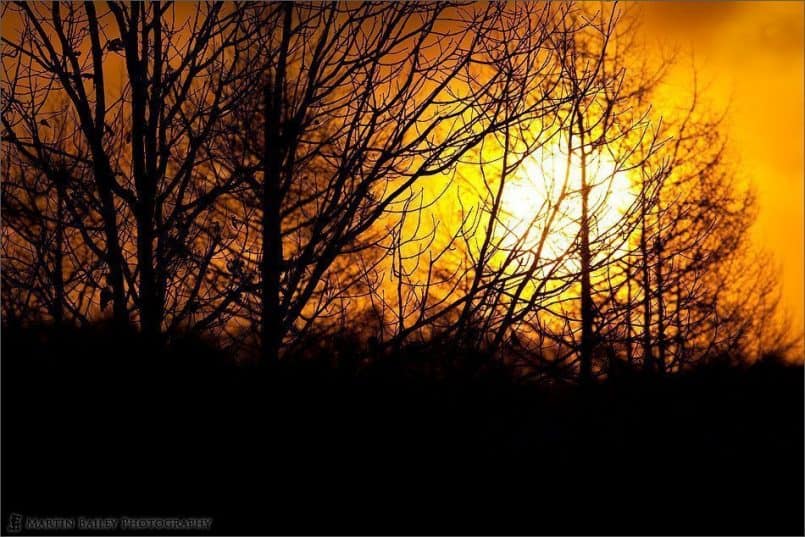
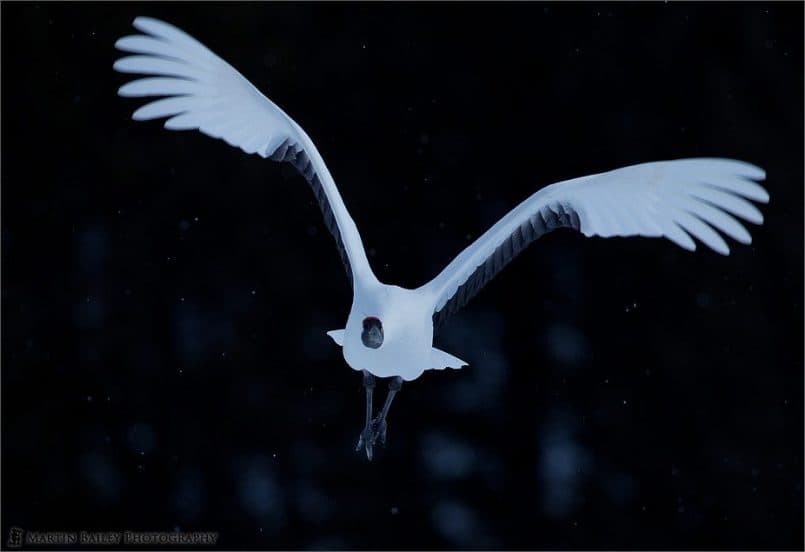
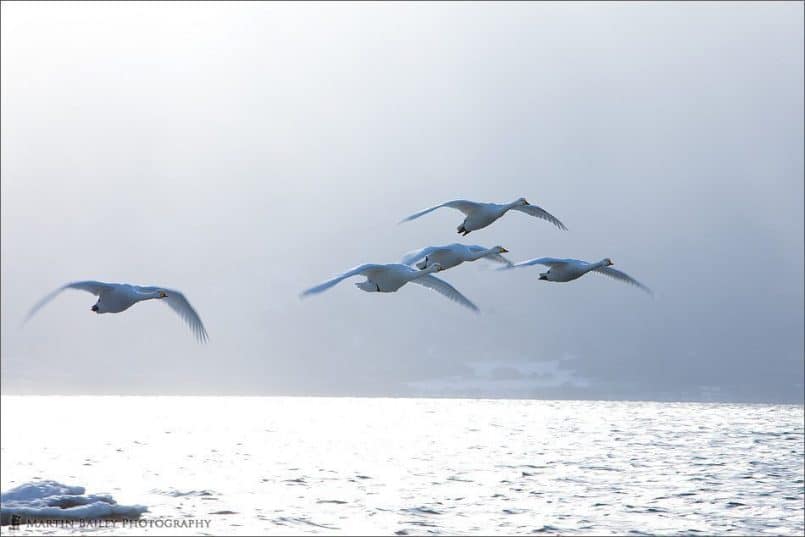
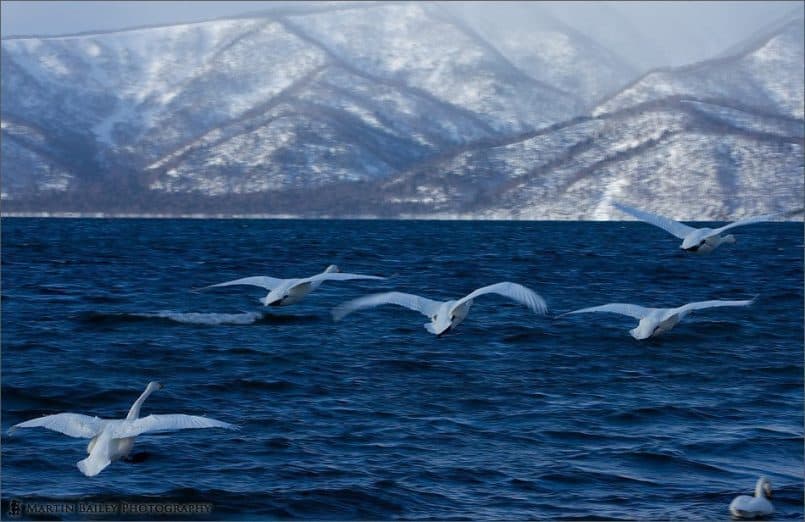
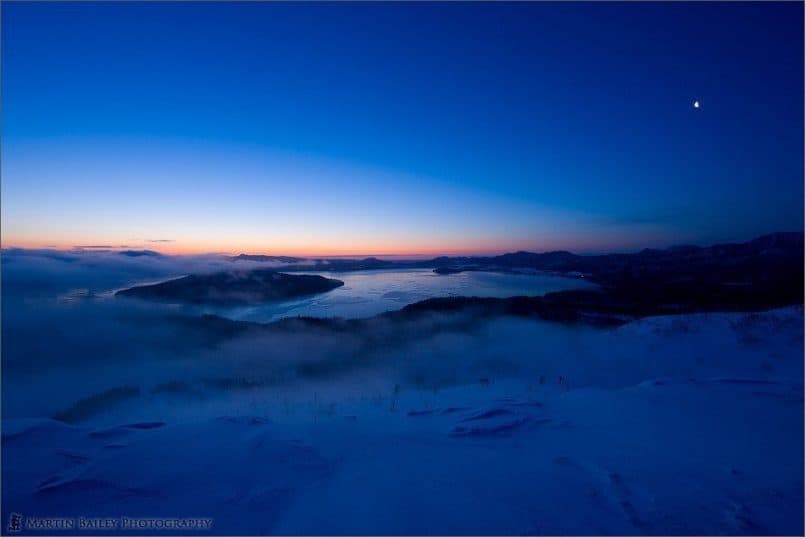
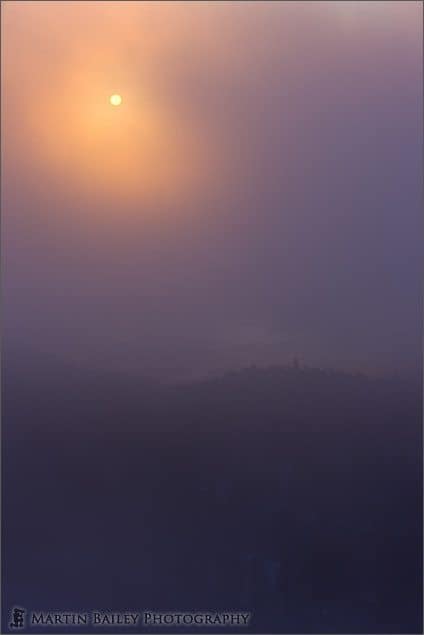
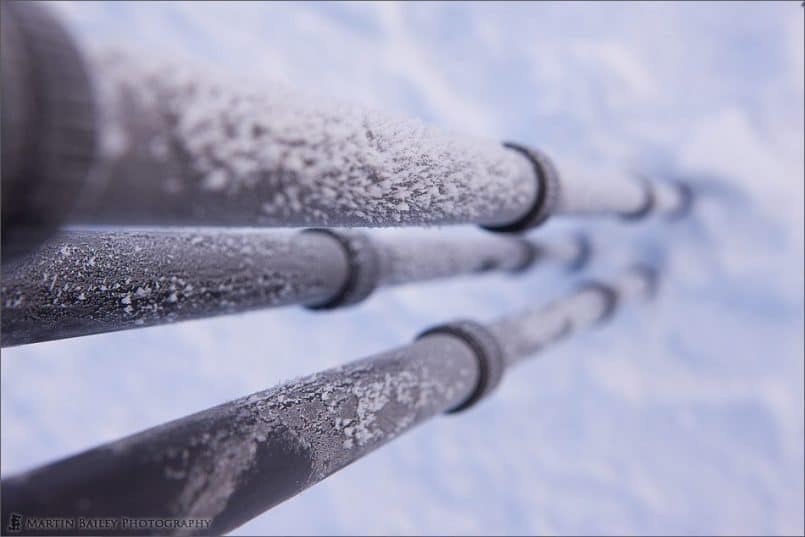

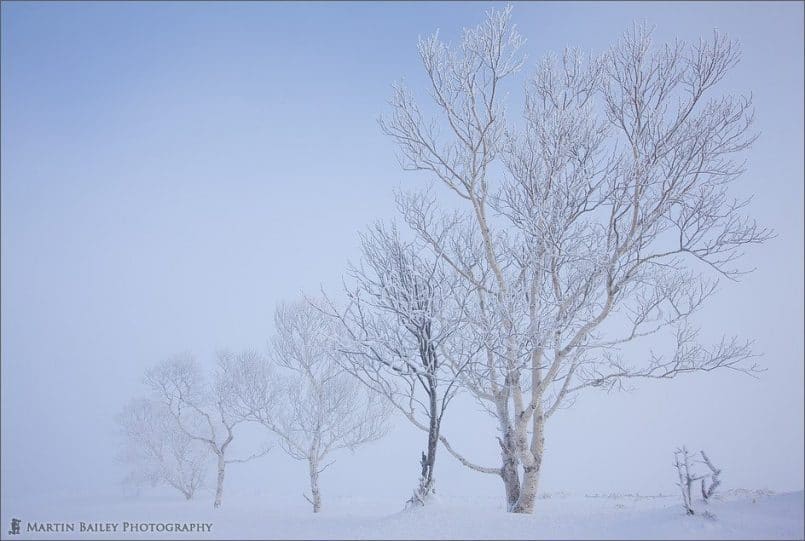
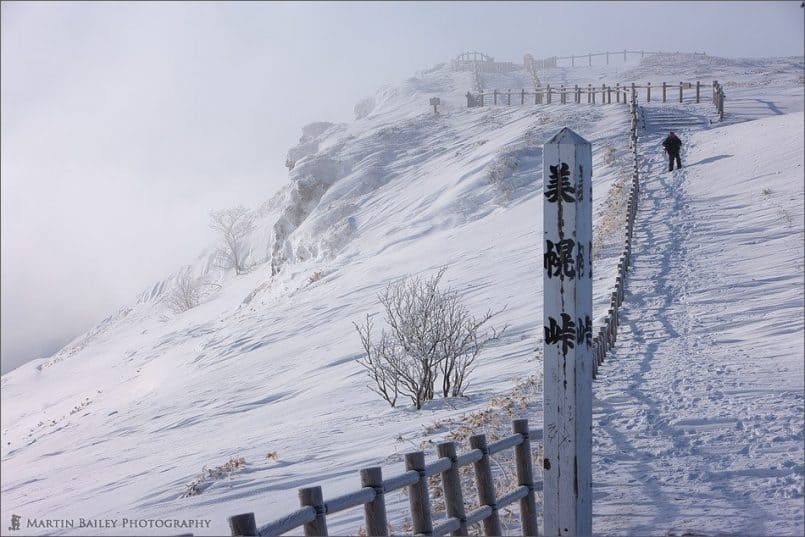

0 Comments